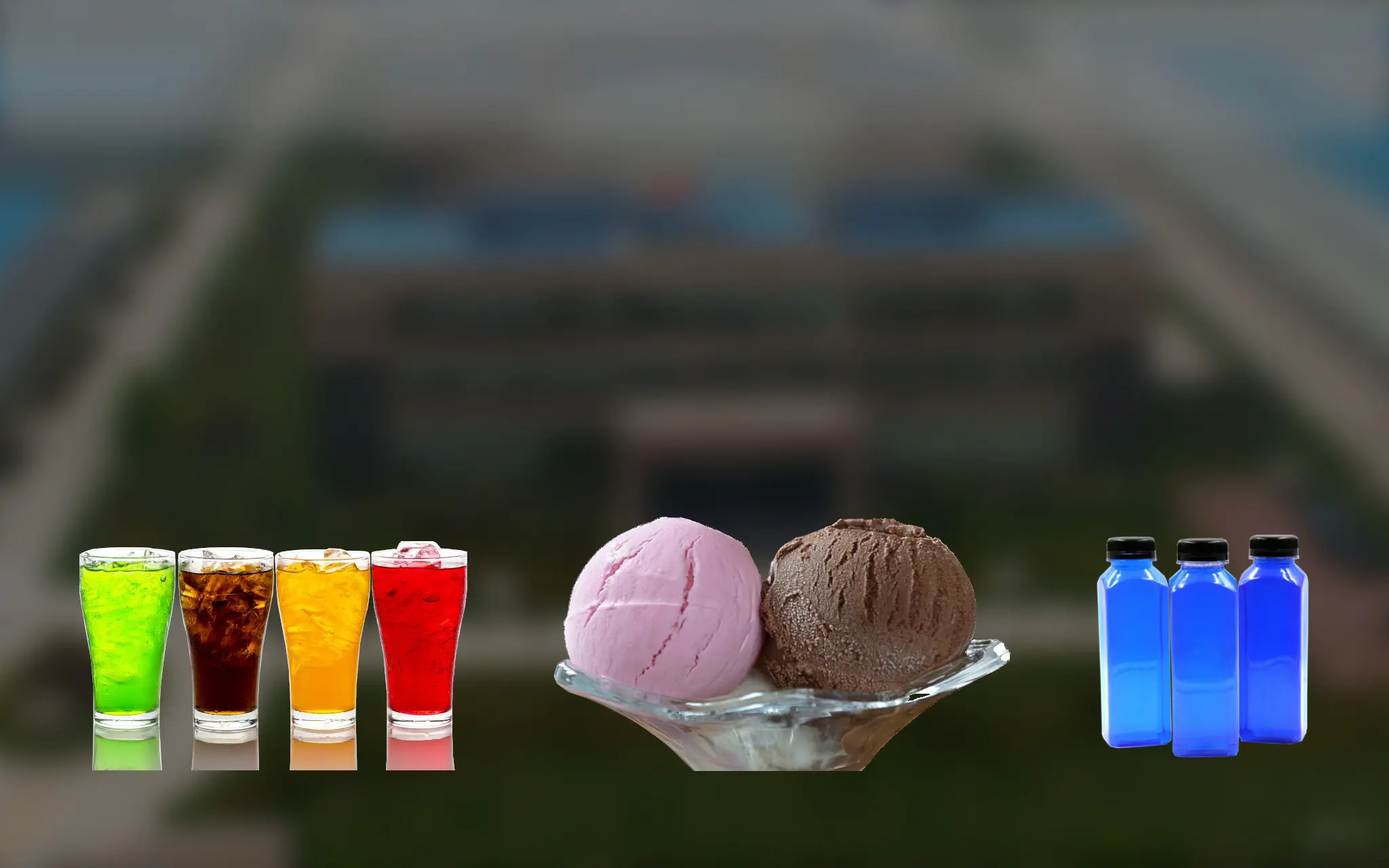The Rise of Organic Food Coloring: A Spotlight on Food Colours Manufacturers
In recent years, organic food coloring has emerged as a game-changer in the food and beverage industry. With increasing consumer demand for natural and healthier alternatives, the role of food colors manufacturers has become pivotal in meeting these expectations while maintaining the visual appeal of products.
What Is Organic Food Coloring?
Organic food coloring refers to dyes and pigments derived from natural sources such as plants, fruits, vegetables, minerals, and algae. Unlike synthetic food colors, which are often made from petroleum-based compounds, organic food coloring provides a healthier, eco-friendly, and allergen-free alternative. These natural colors are not only safe for consumption but also align with sustainable and environmentally conscious practices.
Popular sources of organic food colors include:
Turmeric: A vibrant yellow color sourced from turmeric root.
Beetroot: Known for its deep red hue, ideal for confections and beverages.
Spirulina: A blue-green algae that produces a stunning natural blue shade.
Paprika: Derived from red peppers for rich orange and red tones.
The Role of Food Colours Manufacturers
Food colours manufacturers play a crucial role in bridging the gap between innovation and consumer demand. These manufacturers focus on creating high-quality, natural, and customizable color solutions that cater to a variety of industries, including food, beverages, pharmaceuticals, and cosmetics.
Key contributions by food colors manufacturers include:
Research and Development: Continuous innovation to create stable, vibrant, and long-lasting natural colors that can withstand various processing conditions like heat, light, and pH changes.
Sustainability Practices: Many manufacturers source raw materials responsibly, ensuring minimal environmental impact and promoting ethical practices.
Customization: Offering tailored solutions to meet the specific needs of brands, including organic certifications and clean-label requirements.
Regulatory Compliance: Ensuring that all products adhere to local and international food safety standards.
Benefits of Organic Food Coloring
Healthier Alternative: Free from harmful additives, artificial dyes, and allergens.
Eco-Friendly: Made from renewable resources, reducing the carbon footprint.
Consumer Appeal: Natural food colors resonate with health-conscious and environmentally aware consumers.
Versatility: Suitable for a wide range of applications, from baked goods and dairy to snacks and beverages.
Challenges and the Way Forward
Despite their numerous advantages, organic food colors come with challenges such as limited color intensity, higher costs, and shorter shelf life. However, advancements in technology and processes are helping manufacturers overcome these hurdles, making organic food coloring more accessible and affordable.
Conclusion
Organic food coloring represents the future of food aesthetics, driven by consumer preference for natural and sustainable choices. Food colours manufacturers are at the forefront of this transformation, innovating and adapting to meet industry needs while upholding quality and safety standards. As the demand for organic products continues to grow, the partnership between manufacturers and brands will shape a healthier, more vibrant, and eco-conscious marketplace.


Comments
Post a Comment